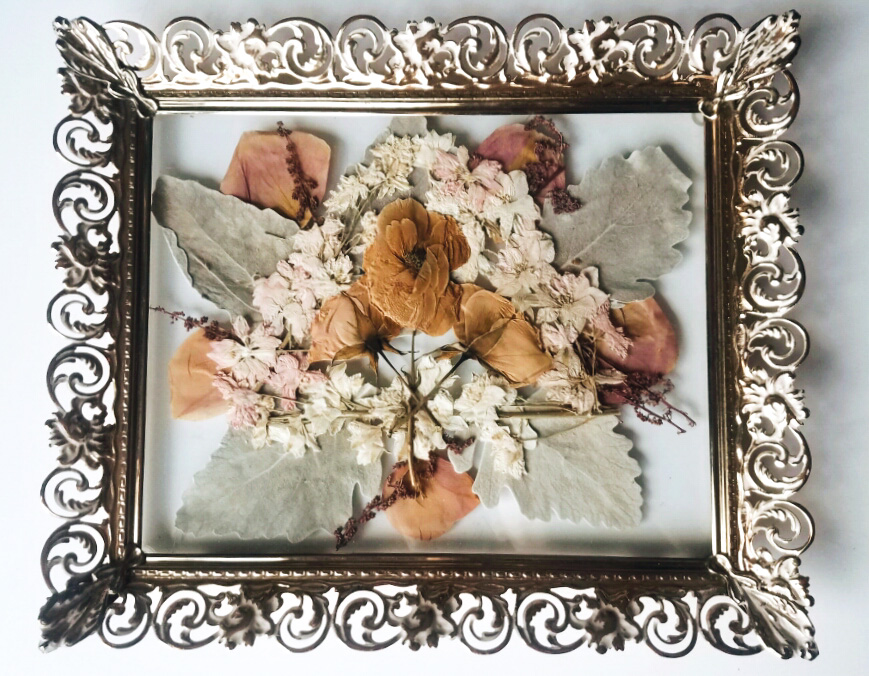February 29, 2020
Disclaimer: I have included affiliate links in this post which may provide me a commission at no cost to you. Learn more here.
As a flower presser, one of the biggest surprises we face is how our pressed flowers change color. If you have an interest in pressed flowers, you need to understand that this change in hue is normal. While this change may make the flowers appear differently, this is just another natural part of the flowers’ life and death.

Why do flowers change color when pressed?
This is an excellent question that has many answers. A few of the reasons that I have encountered are as follows:
- The flower was older when it was pressed. Fresher flowers tend to keep their color better when preserved.
- The flower was damaged. Sometimes the stress of shipping flowers can cause them to have veining and brown spots when they are completely pressed. This is why it is important to package your flowers well!
- The flower was synthetically dyed. Since this color was not originally part of the flower, it may not last.
- The flower type does not keep its color. The most recent example of this is a purple balloon flower from my friend’s garden that I pressed. It came out of the press completely devoid of color!
- The flower had too much moisture and this was not addressed during the pressing process. This can lead to mold and rot.

So, even though some color change cannot be prevented, you can do your best to minimize it.
Color change in pressed flower art
If your flowers survive the pressing process without changing color too much, they will still potentially fade. The biggest reasons for this are exposure to sunlight and age.
An older flower may continue to lose its color over the years. You can look at this in two ways: either be bummed by the change or embrace it as part of what the flower is. Especially with wedding flowers, even if they lose their color, they are still the flowers that were there with you on your big day.
Sunlight is a little more tricky. You can minimize the fading due to the sun by keeping your art piece out of direct sunlight. Another option is the use of UV protectant either on the glass of the frame or the flowers themselves. I try to use either a spray on the flowers or on the glass with every piece. This is a newer practice of mine, and my older, faded pieces are still beautiful to me. I understand the desire to keep your flowers vibrant for as long as possible, so this is why I started using it. Below is the link for the UV protectant I prefer to apply to my flowers.
Another factor that may trigger color change in your flowers is the glue used for arranging the piece of art. Some glues are harsher and wash out the color of your petals. I have noticed this the most with blue flowers. One way to combat this is to use acid free glue. I also am very intentional about where the glue is applied to the flower.
Embrace the Beauty
In the end, try not to judge flowers too harshly for following their natural life cycle. Nothing in life is perfect, so let’s not try to expect that of our fragile blooms!

Check out my blog post on how to get started pressing bigger flowers and how to help this type of flower keep its color.

Comments